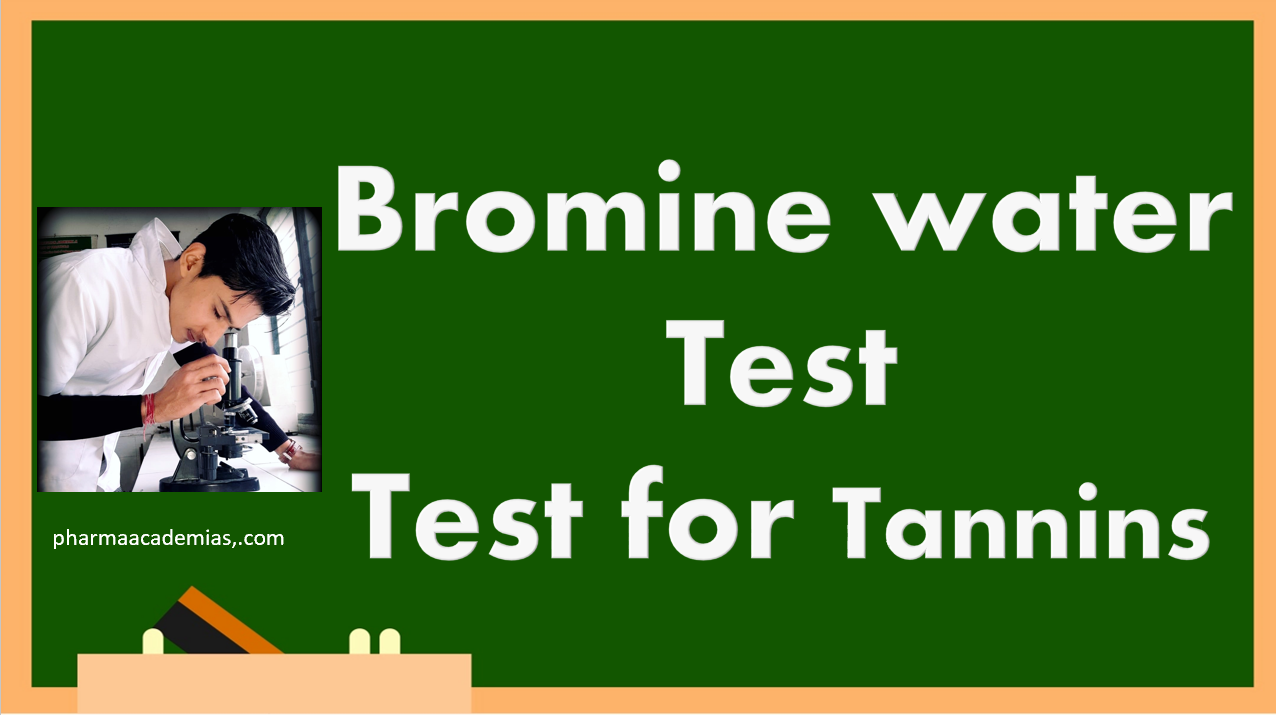1. Traditional Medicine Gum Arabic: Used as a demulcent to soothe irritation in the mouth and throat. Frankincense and Myrrh: Employed in traditional medicine for their antiinflammatory and analgesic properties. 2. Anti-Inflammatory Properties Frankincense and Myrrh: Contain compounds with antiinflammatory effects, making them valuable in formulations for inflammatory conditions. 3. …
Identification tests for resins
Identification tests for resins involve various methods to characterize and confirm the presence of resins in a given sample. The tests may vary depending on the resin type and its intended application. Here are some common identification tests: 1. Solubility Test Differentiate between water soluble and insoluble resins. Watersoluble resins …
Isolation of Resins
The isolation of resins involves extracting these complex, often sticky substances from their natural sources, ranging from plant exudates to insect secretions. The process may vary depending on the resin type and its intended use. Here’s a general overview: 1. Selection of Source Various materials, including plant exudates, insect secretions, …
Resins – Definition, Occurrence and Distribution
Resins are complex, amorphous substances of plant or synthetic origin that are typically solid or semisolid. They exhibit the ability to harden or solidify when subjected to certain conditions. Plants often produce natural resins for protective purposes, while various industrial applications involve creating synthetic resins through chemical processes. Resins have …
Therapeutic activity and pharmaceutical applications of tannins
Tannins, a group of polyphenolic compounds, have been recognized for their diverse therapeutic activities and applications in the pharmaceutical industry. Here are some notable therapeutic activities and pharmaceutical applications of tannins: 1. Antioxidant Properties Tannins exhibit strong antioxidant properties, helping to neutralize free radicals in the body. This activity is …
Methylene Blue Test
The Methylene Blue Test is a chemical method used for the qualitative detection of tannins in a given sample. This test relies on the ability of tannins to reduce methylene blue, resulting in a characteristic color change. Here’s a detailed note on the Methylene Blue Test for tannins: Procedure 1. …
Bate Smith Test – Definition, Procedure
The BateSmith Test is a chemical method used for the qualitative detection of tannins in a given sample. This test relies on the reaction between tannins and potassium iodate in the presence of sodium thiosulfate, resulting in characteristic color changes. Here’s a detailed note on the BateSmith Test for tannins: …
Stiasny’s Test
Stiasny’s test is a chemical method used to identify the presence of tannins in a given sample. This qualitative test relies on forming blue complexes between tannins and Stiasny’s reagent (ammonium molybdate and hydrochloric acid). Here’s a detailed note on Stiasny’s Test for tannins: Procedure 1. Preparation of Sample: Obtain …
Vanillin HCl Test – Definition, Procedure
The Vanillin HCl Test is a chemical method used to identify the presence of tannins in a given sample. This qualitative test relies on the reaction between tannins and vanillin in the presence of hydrochloric acid (HCl), resulting in the formation of colored complexes. Here’s a detailed note on the …
Bromine Water Test
The Bromine Water Test is a chemical method used to identify the presence of tannins in a given sample. This qualitative test relies on the ability of tannins to reduce bromine water, resulting in a characteristic decolorization. Here’s a detailed note on the Bromine Water Test for tannins: Procedure 1. …










